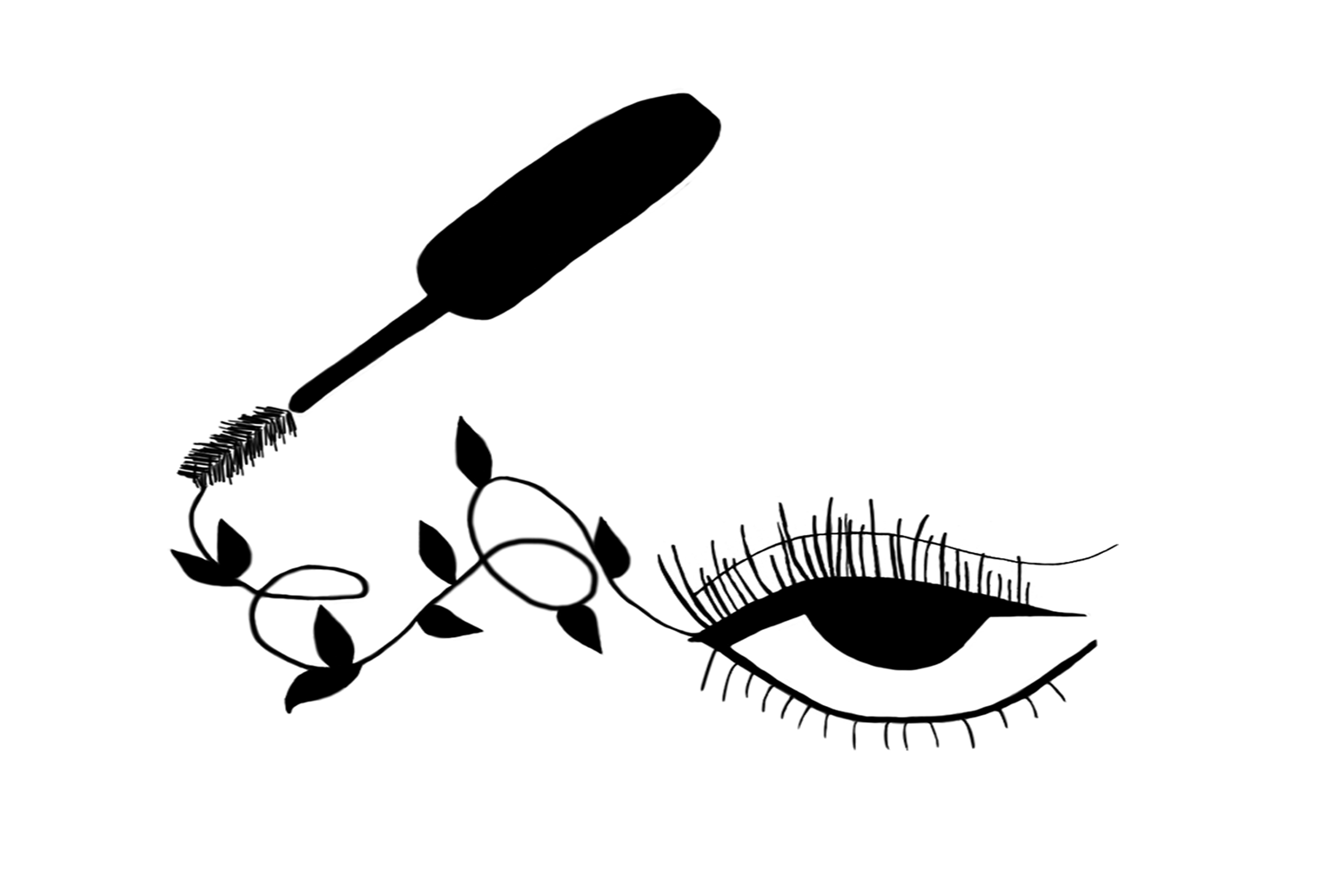As members of the beauty community, one of the biggest challenges faced when purchasing products is researching what we put onto our skin. Although it’s difficult to remember that our skin absorbs almost all of what is put onto it, shouldn’t we be more careful with the products that we purchase?
The answer is always yes.
Many consumers assume that if a product is labeled as “organic” and “natural,” it is sustainable. However, this is typically incorrect. Federal cosmetics laws were put in place in 1938, and have not kept up with the changes to the industry, even though some retailers and other countries have.
It is important to recognize that there are limited government regulations on what producers can add to their product. According to the Federal Drug Administration (FDA), the law does not require cosmetic products and ingredients, other than color additives, to have FDA approval before they go on the market. This means that a product can go straight from manufacturing to store shelves without any type of approval or mandatory safety testing.
There are over 1,300 chemicals banned for use in cosmetics in the European Union due to questions over their safety. However, there are numerous ingredients allowed in the U.S. that are strictly regulated or completely banned in other countries. The list includes but is not limited to: formaldehyde, hydroquinone, triclosan, lead, parabens, petroleum distillates, phthalates, selenium sulfide and quaternium- 15. According to EWG news, these are ingredients that can be found in lipsticks, foundations, hand sanitizers and tons of other beauty products.
As the beauty industry continues to struggle with toxic ingredients and overuse of plastic in packaging, many cosmetics companies have started working towards creating a future that includes more sustainable packaging and products. Companies including LOLI, Kosas, Kahina Giving Beauty, REN Skincare and RMS Beauty are pushing for a sustainable and non-toxic beauty market. These companies have been pushing for transparency in their ingredients and have become more honest with their buyers about what they put into the products.
Though these companies are making these jumps, consumers can help by being more conscious of what we purchase and the rate at which we are buying. We are all guilty for purchasing multiples of an unnecessary product, and then letting it go to waste. Rather than let it waste space or become waste, consider donating unopened, unused and sanitary makeup to local organizations or charities.. Products like foundations with squeezable tubes can be passed on to a friend or family member if they’re not being used anymore.
The reduction of packaging waste is something we all can do. Recycle any empty product containers that may be stored away in drawers and if they can’t be recycled, reuse.
To avoid all the complications, take the time to research before buying products that don’t contribute to damaging the environment is a start. In the United States, formaldehyde is most commonly found in nail hardeners and nail polish. Formaldehyde is dangerous to the environment as it is involved in the formation of ground level ozone, which can damage crops and natural resources. Parabens are commonly found in lotion, foundation, facial cleansers and plenty of other beauty products. When parabens are combined with chlorinated tap water, a number of chlorinated paraben byproducts can form which ends up harming the environment.
Chances are that if the product is harmful to the environment, it’s also harmful to the body. Until stricter rules are applied towards what brands can and can’t say their products are, the next best thing is to be your own educator.
Words by Abby Ward
Graphic by Hailey Jenkins

